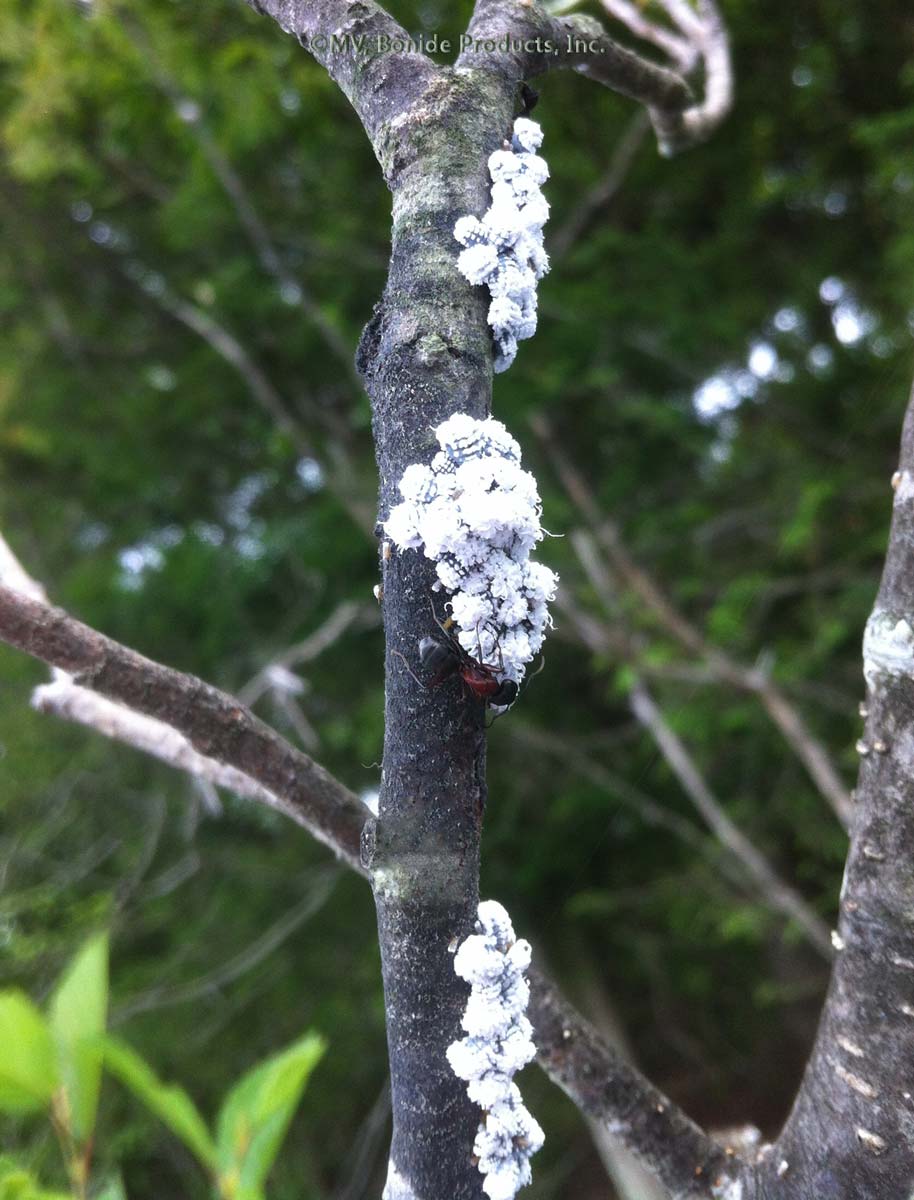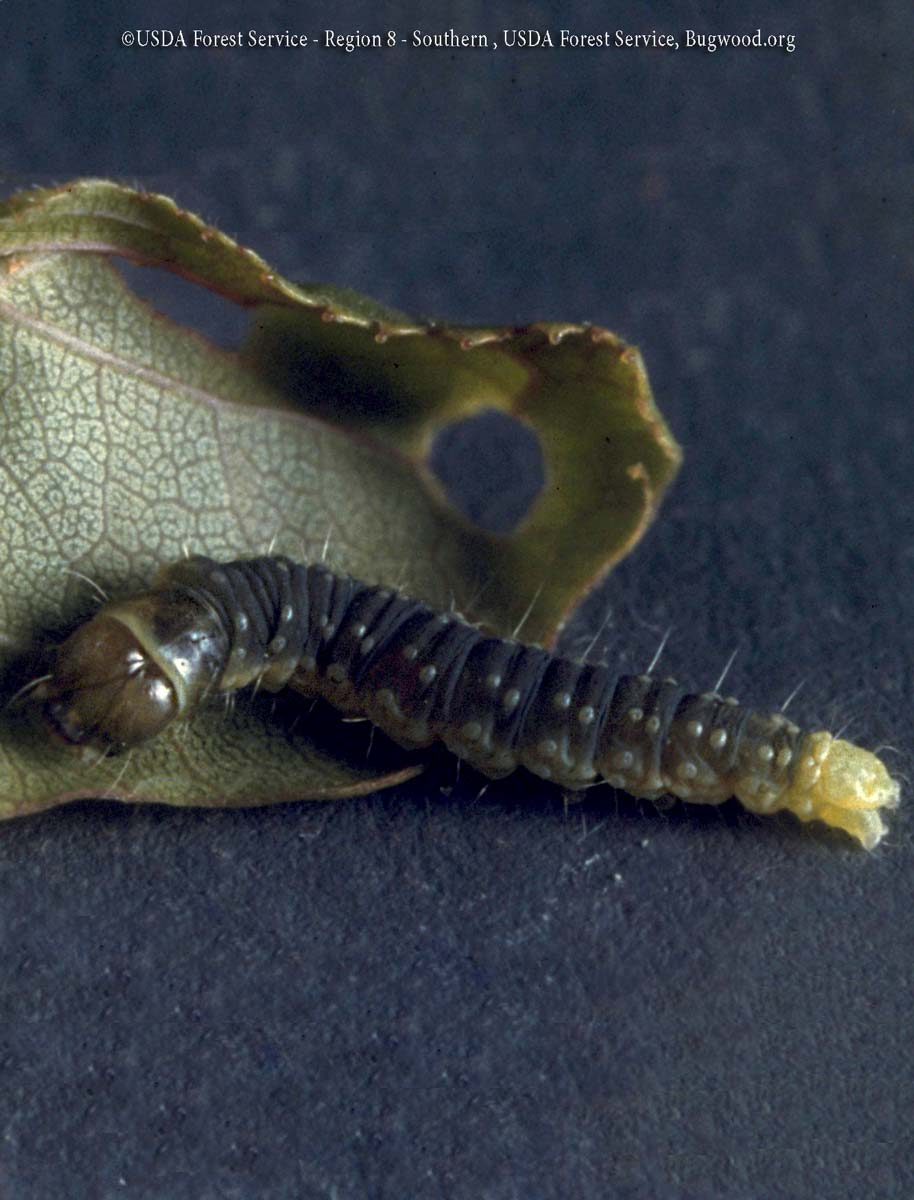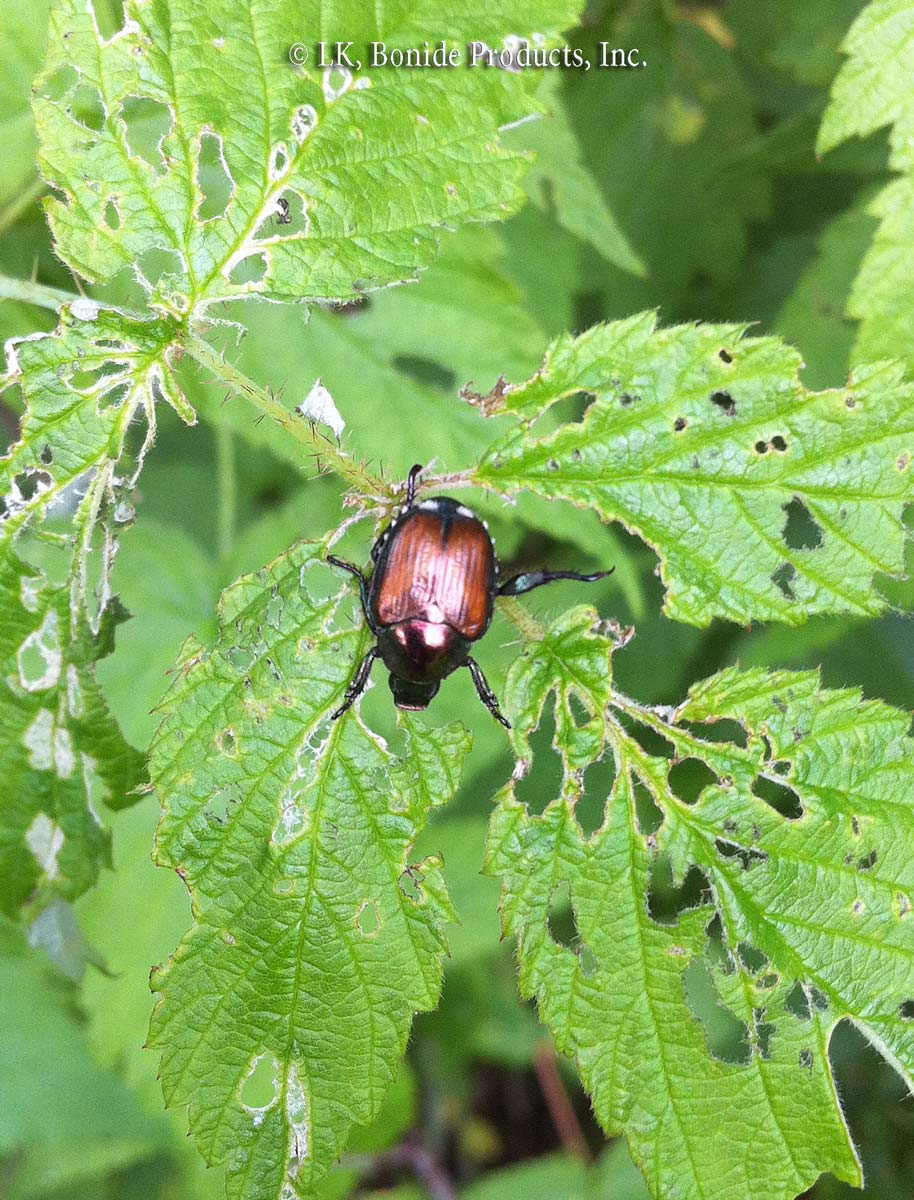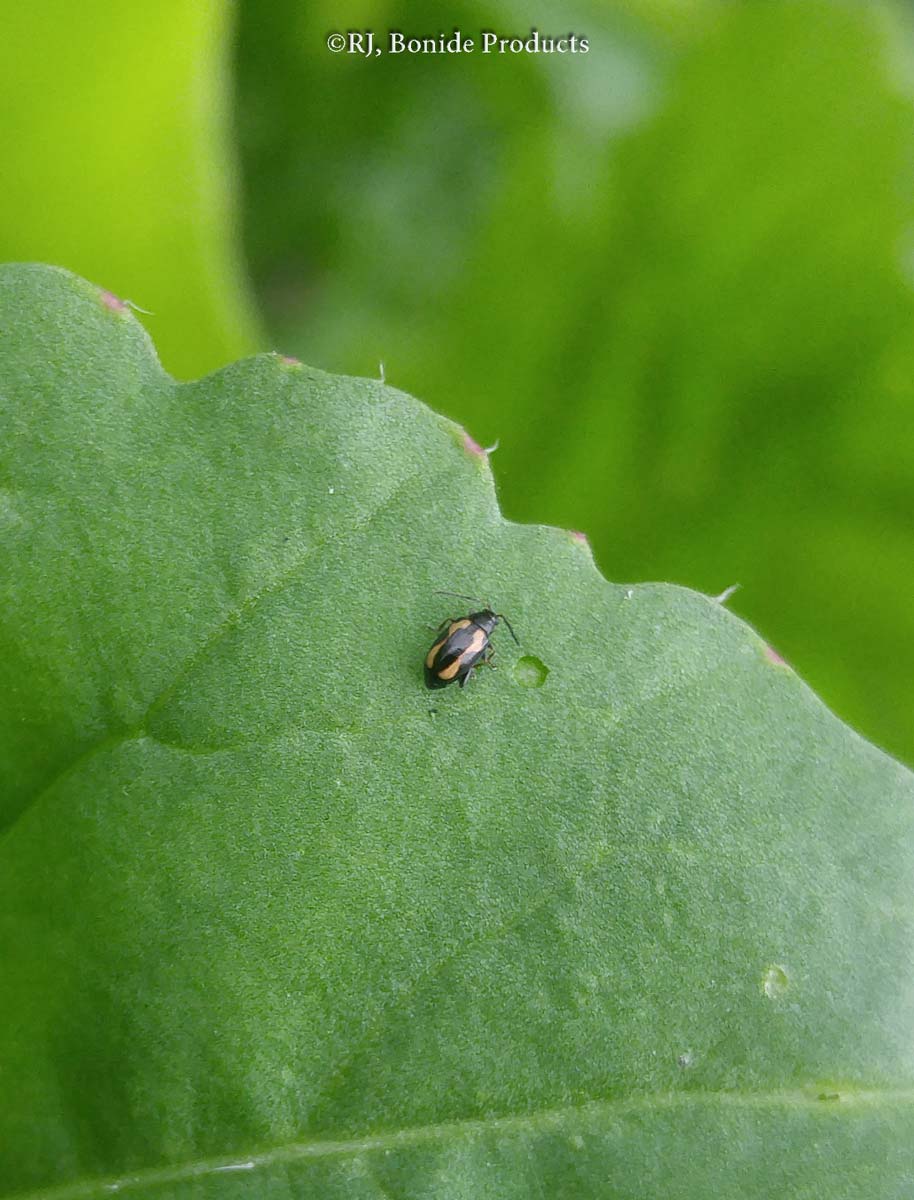Mosquitoes
Mosquitoes are insects in the order Diptera (flies), which have only a single pair of wings. The wings of mosquitoes are narrow and have a fringe of scales on the margins and veins. Mosquitoes have three pairs of long, slender legs and two long antennae. The mouthparts of mosquitoes form an elongate beak called a … Read more










